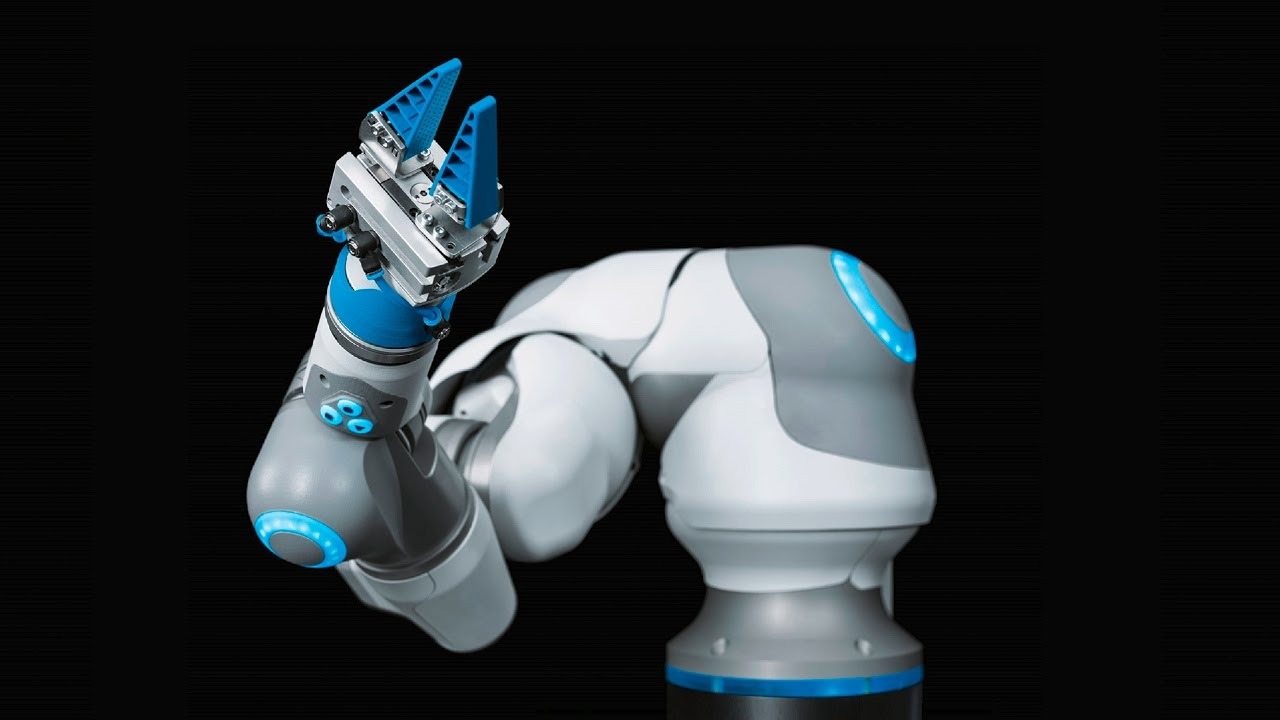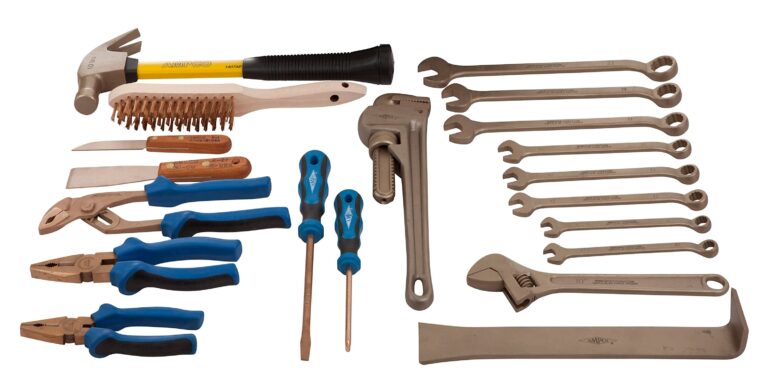Tribupneu: Future of Pneumatic Innovation and Motion
Introduction: The Evolution of Pneumatics and Tribology
In the rapidly advancing world of automation and mechanical engineering, efficiency, precision, and sustainability have become the cornerstones of innovation. From robotic arms to manufacturing systems, every motion matters. However, the effectiveness of these systems depends not only on power but also on how efficiently that power is transferred and maintained.
This is where Tribupneu emerges as a revolutionary concept — blending tribology, the science of friction and wear, with pneumatics, the art of motion powered by compressed air. Tribupneu isn’t just a product; it’s an evolving technology ecosystem that enhances the reliability, sustainability, and intelligence of motion systems.
What Is Tribupneu?
The term Tribupneu originates from two foundational scientific fields:
- Tribology: The study of friction, lubrication, and wear between surfaces in motion.
- Pneumatics: The branch of mechanics that uses compressed air to create controlled motion.
By merging these two, Tribupneu forms a synergy that leads to smoother operation, extended component life, and higher energy efficiency. It represents a new class of lubrication and motion control solutions tailored specifically for pneumatic systems in industries such as automation, robotics, manufacturing, and even aerospace.
Unlike traditional lubricants or standalone pneumatic systems, Tribupneu adapts dynamically — combining surface science, smart lubrication, and air-based actuation to deliver superior performance with minimal energy waste.
How Tribupneu Works: The Science Behind the System
Tribupneu’s innovation lies in how it manages both air pressure and surface interaction simultaneously. Its core functions can be broken down into several key mechanisms:
Friction Reduction and Surface Protection
Advanced tribological coatings and synthetic lubricants within Tribupneu create a strong protective film that prevents metal-to-metal contact, even under extreme pressure. This drastically reduces wear and tear, allowing actuators, valves, and cylinders to perform consistently over longer periods.
Smart Pneumatic Efficiency
By integrating pressure sensors and adaptive control algorithms, Tribupneu systems monitor air flow and friction levels in real time. When friction increases, the system automatically adjusts air pressure or lubrication flow to maintain optimum efficiency.
Moisture and Corrosion Control
Compressed air systems often suffer from moisture intrusion, leading to corrosion and reduced performance. Tribupneu formulations possess water-repellent properties, creating a barrier that keeps internal components dry and free from rust.
Seal Protection and Longevity
Rubber and polymer seals (like nitrile or polyurethane) tend to deteriorate under constant air pressure. Tribupneu prevents shrinkage, cracking, and swelling, ensuring leak-free, stable pneumatic operation.
Key Benefits of Using Tribupneu
Tribupneu delivers tangible advantages that set it apart from conventional lubrication and pneumatic systems. Some of its most notable benefits include:
Extended Equipment Lifespan
Reduced friction means less component degradation. Tribupneu can extend the operational life of pneumatic tools and machinery by up to three times compared to standard systems.
Enhanced Energy Efficiency
Lower friction and optimised air pressure translate into reduced compressor workload — ultimately saving energy and lowering operational costs.
Consistent Performance
Tribupneu’s stable lubrication film ensures smoother and quieter machine operation, leading to improved accuracy in automation and robotics.
Lower Maintenance Costs
Less wear and tear means fewer part replacements, lower downtime, and a lower total cost of ownership (TCO).
Environmentally Friendly Operation
Using air instead of hydraulic fluids, and advanced eco-safe lubricants, Tribupneu aligns with global sustainability goals by reducing environmental waste.
Industrial and Engineering Applications of Tribupneu
Robotics and Automation
Tribupneu enables robots to achieve smoother, human-like movement with improved energy efficiency. Its adaptive friction control helps maintain consistent motion precision.
Automotive Manufacturing
In production lines, pneumatic actuators powered by Tribupneu operate faster and longer with fewer breakdowns — enhancing productivity and output quality.
Aerospace Systems
Tribupneu’s lightweight and efficient air-based control makes it ideal for aircraft systems requiring precision, reliability, and reduced environmental impact.
Healthcare and Prosthetics
Tribupneu helps create natural, responsive motion in medical devices such as prosthetics and rehabilitation equipment, offering comfort and durability to users.
Heavy Industry and Metalworking
By improving seal life, lubrication, and motion accuracy, Tribupneu plays a critical role in powering pneumatic tools, grinders, and industrial automation systems.
Smart Integration: The Role of Sensors and AI in Tribupneu
Modern Tribupneu systems are no longer passive. They actively think and adapt using data-driven technologies.
Smart sensors monitor friction levels, temperature, and air pressure, feeding this information into AI-driven control systems. The result is predictive maintenance — where potential faults are detected and corrected before they cause failure.
Challenges and Future Outlook
Despite its promise, Tribupneu’s widespread adoption faces a few hurdles:
- Initial Costs: Advanced materials and sensor systems can increase upfront investment.
- Training Requirements: Technicians need new skills to maintain and optimise these systems.
- Standardisation: Industry-wide compatibility and specifications are still evolving.
Conclusion
Tribupneu stands at the intersection of science, engineering, and sustainability — a symbol of how innovation can redefine even the most established industrial systems. By uniting the principles of tribology (friction, wear, and lubrication) with pneumatics (air-driven motion), Tribupneu creates a new generation of motion control that is smarter, cleaner, and more efficient.
This technology does more than just enhance performance; it represents a paradigm shift in how industries think about motion, maintenance, and energy consumption. From robotics and aerospace to manufacturing and automation, Tribupneu offers tangible benefits — reduced friction, extended equipment life, improved energy efficiency, and lower operational costs.
Its integration of smart sensors, AI, and real-time monitoring allows machines to adapt automatically, preventing wear before it happens and maintaining peak performance without constant human intervention. Such predictive intelligence marks a new era of industrial reliability and sustainability.
As the global economy moves toward eco-conscious and digital-first solutions, Tribupneu is poised to become a cornerstone of modern engineering. It reflects a deeper commitment to progress — not just building machines that move, but machines that move intelligently and responsibly.
In essence, adopting Tribupneu isn’t merely about upgrading a system — it’s about embracing the future of motion control, where every movement counts, every component lasts longer, and every operation leaves a smaller environmental footprint.






